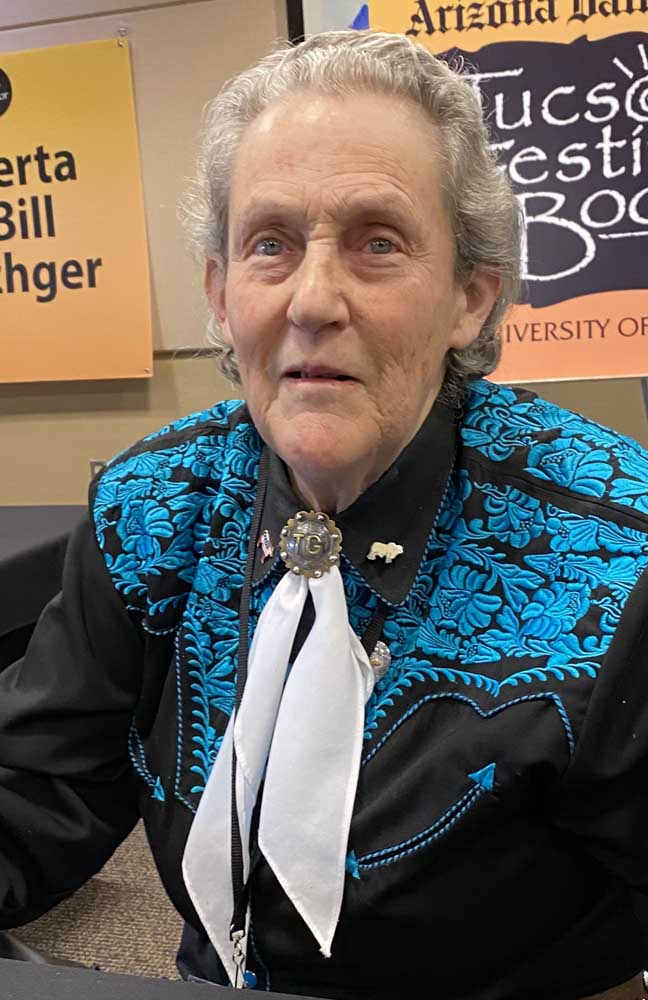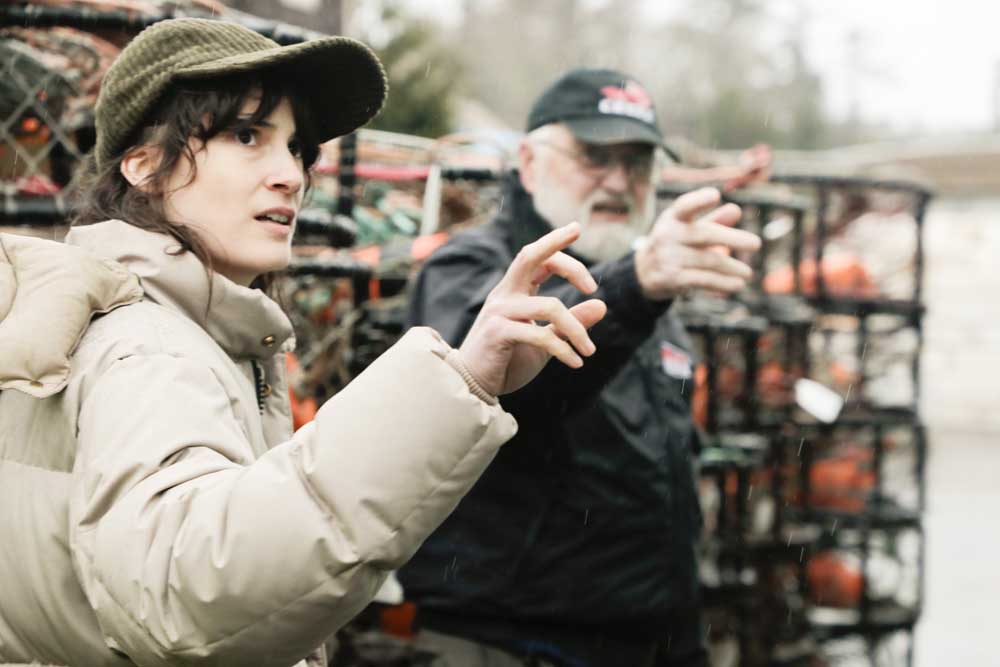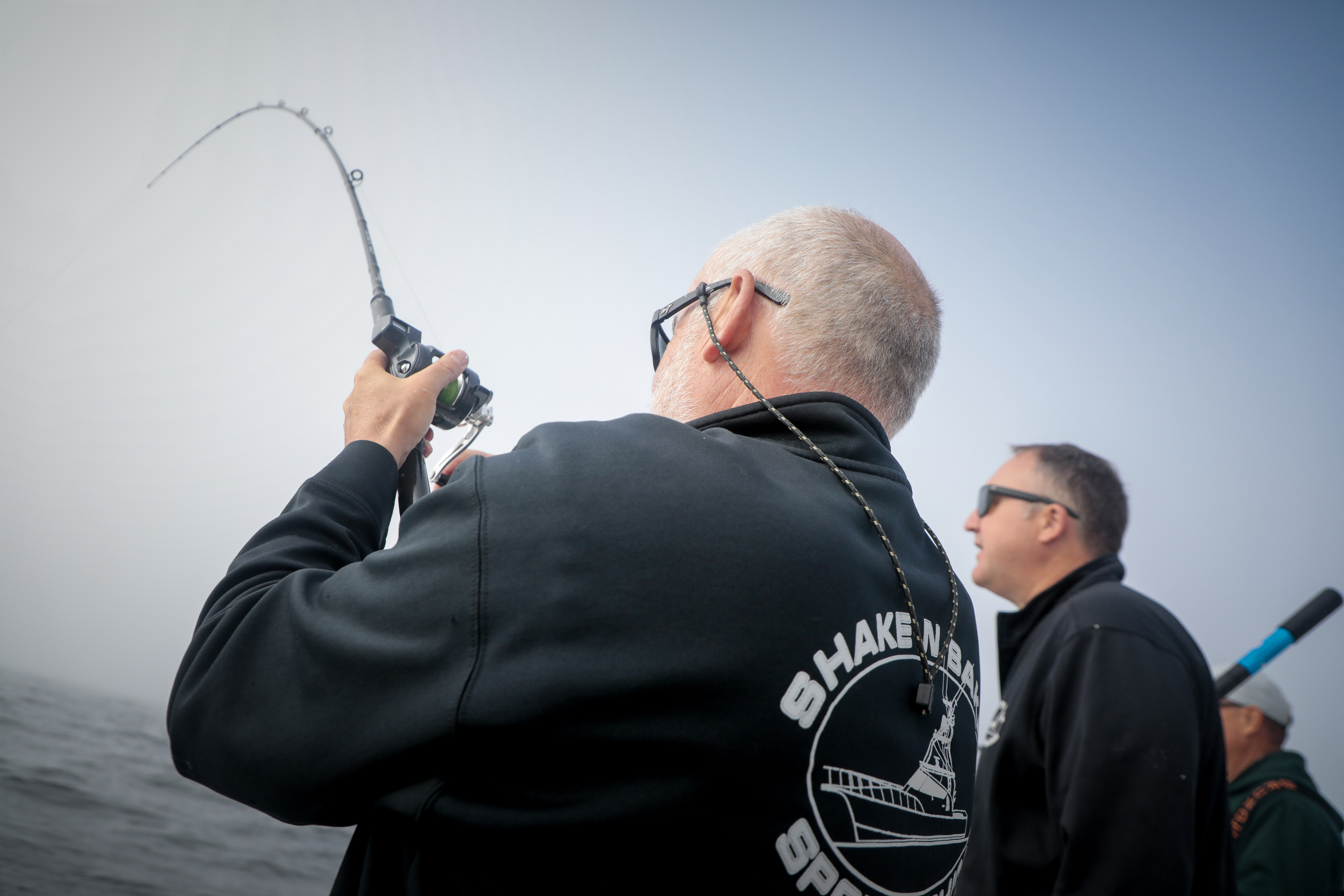Coast Chronicles: Temple Grandin’s warning
Published 8:48 am Monday, March 6, 2023

- Temple Grandin gave us a lot to think about in her session at the Tucson Book Festival last Saturday.
Weather report
There are 40 inches of snow in Yosemite — nearly breaking a 60-inch record from 1907 — with drifts up to 15 feet. The park has been closed for a week. A couple days ago in South Lake Tahoe search and rescue teams were still trying to rescue people stranded on roads or in their homes. There are people in the San Bernardino Mountains who are still home-bound under 10 feet of snow. And even here in “sunny” Tucson, we woke to a couple inches of snow last week, and seven inches on the other side of the Catalinas in Oracle. Enough snow that one of my neighbors actually made a gnomish-looking snow person. Podmates Steve and Teri Kovach are still trying to make their way south down the coast. When they called yesterday to check in, Steve said, “We had one hour of white-knuckle driving through a snowstorm. I hope it’ll be smooth sailing when we get to Bakersfield.”
OK, the weather is whacked. I guess we just have leave it at that.
Tucson Book Festival
Meanwhile the world goes on and this past weekend the Tucson Book Festival took place under, finally, sunny skies. The first day there were 135,000 people attending and I was one of them. It was barely controlled mayhem and chaos, but there were a couple sessions I did not want to miss so I braved the crowds.
Trending
Temple Grandin is a colorful and sometimes controversial academic who has specialized in animal behavior. She has a B.A. in human psychology, and both an M.A. and a Ph.D. in animal science. She is probably best known as being autistic and being a spokesperson for “neurodiversity.” I remember reading about her much earlier in her life when she invented a “squeeze machine” — something that she could regulate to give herself a hug because it calmed her down when touch from live humans was difficult for her. (Now she says, “My squeeze machine broke years ago, and I never got around to fixing it. I’m into hugging people now.”)
Temple is a complex individual who has had an incredible life of learning about herself and her autism, at the same time she’s developed an internationally successful career of engineering and design. Born in 1947, at two she was diagnosed as having “brain damage.” She was fortunate in that she had a mother who refused to institutionalize her, though that was the thinking at the time. (She has since been diagnosed as an “autistic savant.”)
At two and half she still did not speak so her mother got her into a trial for speech therapy. Temple herself said during her lecture, “At eight years old, I couldn’t read and my mother spent time with me. She’d read me a book and tell me the sounds, then I would read it. I went from not reading at all to reading at a sixth grade level very quickly.”
Three ways of thinking
I’ll come back to how Temple’s life developed, but for now just a few observations from her fascinating book fest session. (All 500 of us in the University of Arizona grand ballroom were mesmerized.) Temple says she finds there are three kinds of thinking. Visual thinkers see the world in images or photographs; they need to see something on a piece of paper, as a diagram, or a picture. Verbal instructions don’t stick. Mathematical thinkers understand the world in patterns. They may be especially good at chess, music, computer programming, or understanding steps in a sequence. Verbal thinkers appear to prefer word details; she notes they might be drawn to history or writing.
I raised a question with her which she addressed by talking about complementary thinking styles. When I’m introduced to a person, I often ask them to spell their name for me. I want or need to see it in my head (or, even better, to write it down). And in my own writing, especially my poetry, I want to read the words out loud, to hear their music, to hear the sound of a line. (I grew up in an intensely musical household and play several instruments.) Often I count lines in a stanza because I want its pattern on the page to look a certain way. So probably I’m using a combination of visual, verbal, and music thinking. Perhaps we have a combination of her three kinds of intelligence, with one predominant in certain instances and others “assisting.” Temple says that a team made up of members with different thinking styles is the strongest.
Temple is a visual thinker herself and was appalled that in her session, entitled “Great Minds Are Not All the Same,” she was assigned to a large room with no visual screen. “I guess I shouldn’t have been surprised. I’m in a room of verbal thinkers [because it’s a book fair]. I guess you’re all writers and readers.” She had prepared a Power Point slide show to illustrate her talk — of course! She thinks in pictures.
Temple’s warning
I came away from Temple’s talk with this warning of hers in my head: our educational system in the U.S. is perpetuating “skills loss” for students, especially those who don’t fit the standard learning box. This means we’re wasting a lot of talent. Temple said, “Don’t say ‘stupid kids take shop.’ We need to put shop and other life skills back into the classroom. We don’t make things anymore!” And she gave the example of a recent engineering project she was a part of in which the actual pieces of equipment were imported from Holland, UK, Italy, Germany and even Dubai, places where objects are still manufactured.
She continued, “We have kids who have never used a ruler. I talked to someone from a veterinarian school who said some students had never used scissors — they don’t know how to use a needle and thread. How can they sew up a wound?”
Once Temple was speaking to a large group of bankers and asked, “How many of you have been in the basement to look at the mechanical systems of your building?” No one raised a hand. She continued, “When the heat goes out, when the water stops working, when there’s no internet, you’ll need someone like me who can fix something.” She also gave the example of looking over the plans for the Fukushima atomic energy plants that failed after the tsunami. “No one thought they should have water tight doors! I saw that flaw right away.”
Neurodiversity is a term now being used to describe people with ADHD, dyslexia, autism and other non-standard body/mindedeness. Despite many right-leaning political trends designed to whitewash our differences — in learning styles, gender, ableness, ethnicity — imagine the richness of productivity and creativity if we had educational and support systems that developed all human talent and perspectives.
Temple had the advantage of special care and mentorship that helped her become the extraordinary individual she is today. She said “I can’t do algebra. I wouldn’t have been able to graduate from high school today. Does a veterinarian or a car mechanic need algebra? Let’s replace it with business or computational math.”
Her animal handling devices, equipment, and perspectives are being used worldwide; her books and scientific papers on animal behavior have revolutionized ag practices. She’s at the top of her game, and all of her scientific contributions would have been lost without a few people who recognized her as a human with unique abilities. If we want our country to be competitive globally, our school systems need to be about developing human potential in all its forms.









